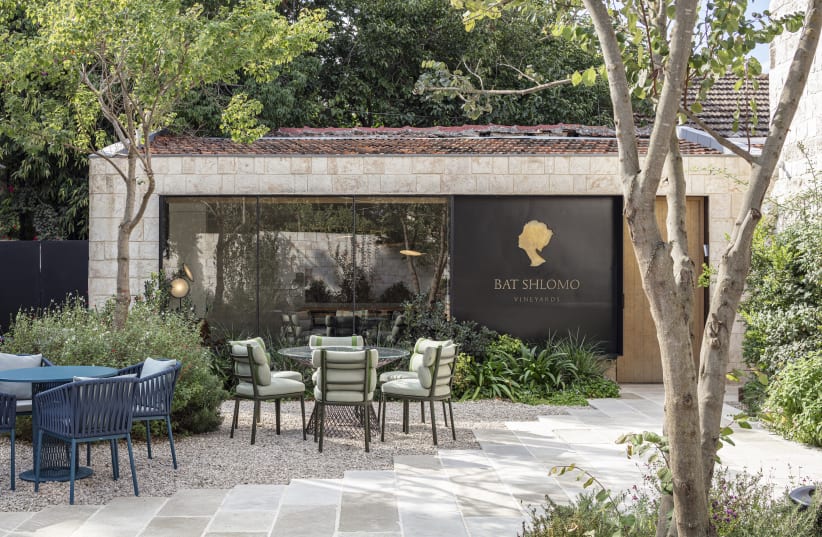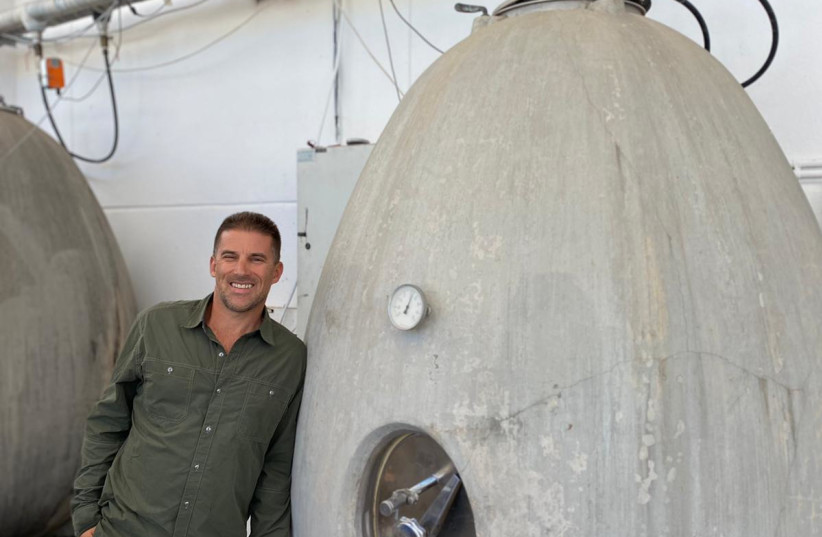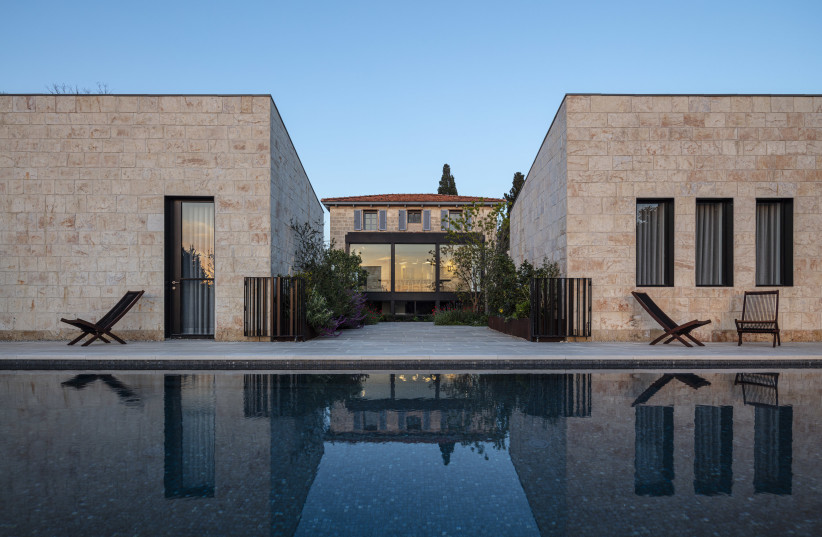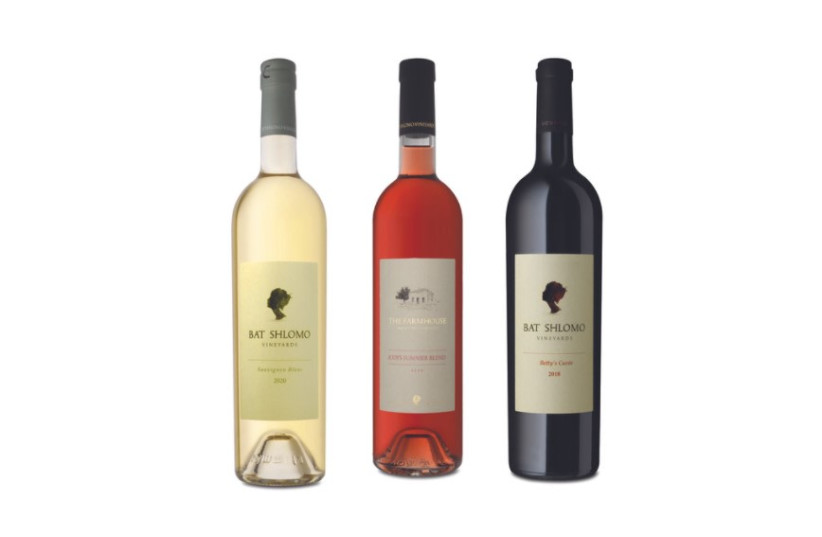In 1887, Baron Edmond de Rothschild came to Israel for the first time. He fell in love with the sea, hills and vineyards he found in the southern Mount Carmel area, and decided there and then to create a modern wine industry.
Since 1882, he had offered support and sponsored the planting of vineyards, but after the visit the Zionist wine project became his obsession.
He insisted in bringing Bordeaux varieties to Israel. Most of his experts thought he was crazy, but he made it clear that Israel must make good wines, as it would be difficult to compete with the bulk producers in Georgia, Moldova and Algeria. Consequently, Cabernet Franc, Cabernet Sauvignon and Malbec vineyards were planted.
The journey was not easy. The farmers complained about the low yields of these varieties and there was no demand for fine wine or Grand Vin. The market was for liquid religion, which meant sacramental wine for Kiddush and Communion. Then, there was a heavy blow: phylloxera destroyed the vines. When the growers were forced to replant, they chose the work horse grapes, Carignan and Alicante, instead. However, in the long-term Rothschild’s vision proved correct, it just took 100 years to come to fruition. In the 1980s, the Golan Heights Winery brought modern technology to the Israel wine scene and the wine revolution took place with Bordeaux varieties.
Rothschild founded a modern Israeli wine industry and built Israel’s two largest wineries in Zichron Ya’acov and Rishon Lezion, with deep underground cellars. To buy Château Mouton Rothschild cost the family Fr. 1m. and Château Lafite Rothschild cost Fr. 4m. Yet, Baron Rothschild invested a massive Fr. 11 m. into Carmel’s wineries and this does not include the planting of all the vineyards. The names of some of the surrounding towns and villages are an everlasting memorial to his immense contribution. Zichron Ya’acov was named after his father, Baron James de Rothschild, who bought Château Lafite Rothschild for the Rothschild family. A small satellite village founded in 1889 was Bat Shlomo and this was named after his mother, Betty, who was the one who decorated Château Lafite Rothschild.
If you want to visit anywhere to get the feel of Israel in the first aliyah, Hameyasdim (Founder’s) Street of Bat Shlomo is a good place to start. Unspoiled by tourists and progress, it is virtually untouched and has barely changed. As you meander through history, you will come across Bat Shlomo Vineyards and The Farmhouse, a small winery and boutique hotel in one of the founder’s houses, modestly waiting for you in this time-capsule of a street.
Bat Shlomo Vineyards was founded by entrepreneur Elie Wurtman, who loves wine and wanted to recreate wine activities in the farming village. He is a kind and modest man with an incredible record, amazing success, and someone who has made enormous contributions to Israeli society. He could and has filled many articles, so forgive me this time for focusing on the wine. Many people establish wineries, shop around for grapes and what they find is available is what they use. However, the serious ones begin by planting their own vineyards and this is what Elie did. Within walking distance from Hameyasdim Street there are three vineyards planted by Bat Shlomo Vineyards. As such, wine growing has returned to Bat Shlomo.
Meet Elie Wurtman. He has a pretty relaxed exterior, but you can feel the energy and dynamism just under his surface. He is very mission-orientated and driven. He is bursting to share and explain everything quickly. You get the impression that if he could tell you everything immediately and in one sentence, he would do so. He is a kind of modern day Rothschild, except his company is PICO and the one Rothschild set up was PICA. However, apart from his drive as a doer, he also has the gift of exquisite taste and is not prepared to cut corners for quick gains.
He picked a serious partner for his vintage venture, Californian born and trained winemaker Ari Erle. Ari made aliyah at the age of 19 and served in the IDF as a paratrooper. He grew up surrounded by agriculture and said his dream was to grow things and be a farmer. Winemaking gave him the opportunity to do this and produce a final product that represented how and where it was grown. He returned to California to study winemaking and worked for top notch wineries, such as Colgin Cellers and O’Shaughnessy Estate Winery. Back in Israel he became much in demand as a winemaking consultant and taught winemaking at Ohalo College in the Golan Heights for a number of years. He is quiet, very laid back and speaks with a slight drawl; however, don’t be misled by first impressions. He is quite an innovator and makes wine with his own firmly held views - he does not follow norms and conventions. You only have to look at his vineyards to see distinct differences: spacing of vines is tighter and he used posts with cross arms for training the vines. He practices sustainable agriculture with a cover crop.
He is also innovative in the winery. For instance, he was the first in Israel to import a concrete egg for fermentation and aging, which certainly makes a change from stainless steel tanks.
There are no foreign workers that work in the vineyards. Instead the winery works with students from Regavim agricultural high schools, a unique and important project that combines high school education with practical agricultural work. It is a valuable program that instills a feeling of worth in the students and teaches them agriculture, a work ethic and responsibility, along with the usual academic studies. It goes without saying that the mercurial, far reaching Wurtman was so taken with the concept that he became a partner, mentor and supporter of it. In turn, the Regavim students are supportive and passionate in their work in the vineyards. It is a beautiful partnership. Teaching our youth to work in agriculture and using only Israelis in the vineyard, sends a wonderful message of a commitment to planting roots in the future. Regavim appropriately means clods of earth in Hebrew.
The winery has opened a beautiful visitor center on Hameyasdim Street. There are some amazing features. Firstly, the wood for the main tasting table is taken from the beams of the original building. It is a beautiful table and very tactile. I kept touching and stroking it when no one was looking! There is a large screen showing what is described as video art, something I have not seen in a winery before. As well, there is a feature showing pieces of soil from different parts of the country, baked into small squares. All are different shades from chalky white to chocolate brown and these are displayed alongside each other on the wall, with the source of the soil sample printed on each piece. Creative, unique, informative and totally original.
There is a patio area at the entrance to the visitor center for tasting, eating and jawing about wine in the shadow of citrus trees. It is beautifully designed and instantly attractive. The Farmhouse is a stone house built by the founders. It has been excavated, painstakingly restored and designed with taste that honors the contours and age of the building, at the same time as paying homage to Israeli art and produce. The view through the entrance of the villa leads into a garden where olive trees and lavender dominate. Past a swimming pool, it overlooks Wadi Milek. It is a postcard view that screams Tuscany, but in a quiet, dreamlike, stylish way. Every bit of bric-a-brac, however small, is chosen with a message or meaning. For example, the leather sprinkler is on the wall and that should make you curious! The attention to detail is astonishing, but very Wurtman. The building even incorporates features found in its excavations, including an ancient wine press. There are not many wineries that have accommodation, such as the impressive Kedem Wine Village – Assaf Winery on the Golan Heights, Smadar Hotel & Winery in Zichron Yaakov and Carmey Avdat Winery & Estate in the Negev. Tzuba Estate Winery has a hotel on a kibbutz and a few other small wineries have rooms. The Farmhouse does not suffer by comparison with anyone and they have their own chef.
The Mount Carmel or northern coastal wine region is unique in Israel. Firstly, all the wineries are comparatively close together. Secondly, the region is very accessible from Routes 2, 4 and 6. Finally, there are a large range of wineries of every type and size. A wine tour by wine lovers and tourists can take in the Binyamina Winery, Margalit Winery, Bar-Maor Winery, Tishbi Winery, Carmel Winery, Somek Winery, Bat Shlomo Vineyards, Amphorae Winery and Dada Winery (and I have by no means mentioned them all). The day could even start with the Vitkin Winery or Recanati Winery in the Sharon Plain and end with the Tulip Winery, Maia Winery and Vortman Winery in Haifa. These wineries are able to tell the story of Israeli wines, show the variety of the wine styles and terroirs, and illustrate the quality of Israeli wines very effectively. If you want to follow in the footsteps of Rothschild, then you should visit the Binyamina Winery, Tishbi Winery, Carmel Winery, Somek Winery and Bat Shlomo Vineyards, as each can boast the great benefactor was part of their story. Furthermore, Tishbi Winery has a restaurant, Bat Shlomo Vineyards has accommodation, and you could add a visit to the beautiful gardens of the NGO Yad Hanadiv and pay your respects at the mausoleum of Baron Edmond de Rothschild.
We have established that Bat Shlomo Vineyards is not just a winery, but so much more than that. The wines are very good and have received international recognition. Their Chardonnay 2020 has a creamy texture and it is quite big, but is balanced with good acidity -quite classic, really. I prefer the Sauvignon Blanc 2020, fermented in the aforementioned egg, because it is citrus-fragrant but not overly aromatic, and it has a steely, lime backbone that runs through it to a refreshing, acidic finish. The Rose 2020 is lightly colored, with delicate fruit accents and is refreshing. They have a red blend called Collage 2019, a Merlot Malbec blend that was drinkable and demanded another sip. The prestige wine is Betty’s Cuvée, a Bordeaux blend. I tasted the 2015 and it is plush, velvety with a nice black fruit aroma, a flavorful middle palate and a long, lingering, well-balanced finish. There is also a delicious desert wine made from Sémillon grapes, which they have frozen. It is fresh despite its sweetness and worth seeking out. I would love it with Stilton. As well, visitors to the winery will find special edition wines only available there.
Bat Shlomo Vineyards is a winery that contributes to the return to fashion of the Mount Carmel region, recreates the investment of Rothschild and returns Bat Shlomo to its roots as a wine making farming village. It was beautiful and inspiring to see what they have created, and to taste their expressions. If the Baron could only visit now, he would be delighted - and the Farmhouse is fit for a Rothschild!
The writer is a wine industry insider turned wine writer, who has advanced Israeli wine for 35 years. He is referred to as the English voice of Israeli wines.





